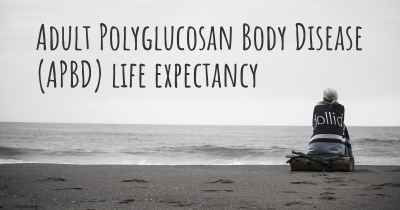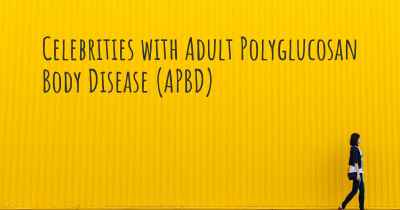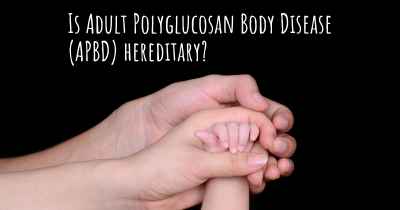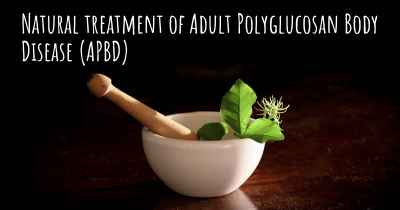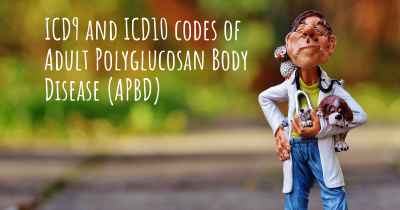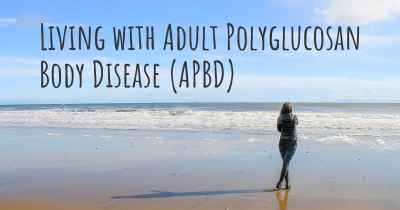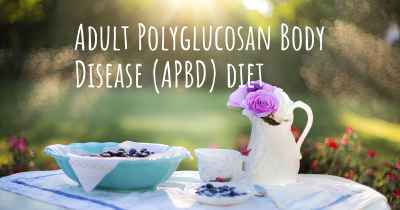Is it advisable to do exercise when affected by Adult Polyglucosan Body Disease (APBD)? Which activities would you suggest and how intense should they be?
See if it is advisable for people with Adult Polyglucosan Body Disease (APBD) to practice sports and which ones are the most recommended if you have Adult Polyglucosan Body Disease (APBD)
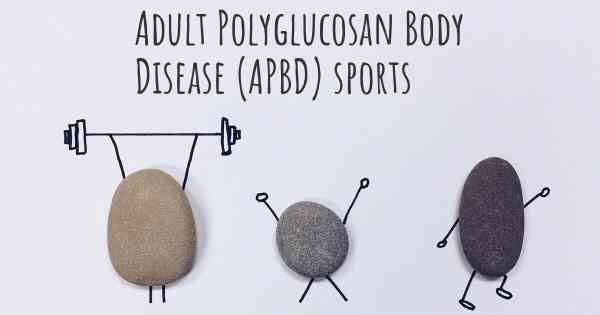
Is it advisable to do exercise when affected by Adult Polyglucosan Body Disease (APBD)?
Adult Polyglucosan Body Disease (APBD) is a rare genetic disorder that affects the nervous system, leading to progressive muscle weakness and other neurological symptoms. While exercise is generally beneficial for overall health and well-being, it is important to approach it cautiously when dealing with a condition like APBD.
Consulting with a healthcare professional:
Before starting any exercise program, it is crucial for individuals with APBD to consult with their healthcare professional. They can provide personalized guidance based on the individual's specific condition, symptoms, and overall health.
Low-impact exercises:
Low-impact exercises are generally recommended for individuals with APBD as they are gentle on the joints and muscles. These exercises help maintain flexibility, strength, and cardiovascular fitness without putting excessive strain on the body. Some suitable low-impact exercises include:
- Walking: Regular walks at a comfortable pace can help improve cardiovascular health and maintain muscle tone.
- Swimming: Water provides buoyancy, reducing the impact on joints while providing a full-body workout.
- Cycling: Stationary or outdoor cycling can be a low-impact exercise option that helps improve cardiovascular fitness and leg strength.
- Yoga or Tai Chi: These gentle forms of exercise focus on flexibility, balance, and relaxation, which can be beneficial for individuals with APBD.
Intensity and duration:
The intensity and duration of exercise should be tailored to the individual's abilities and limitations. It is important to start slowly and gradually increase the intensity or duration of the exercise as tolerated. Overexertion should be avoided, as it can lead to fatigue and potential injury.
Monitoring symptoms:
Individuals with APBD should pay close attention to their body and monitor any changes or worsening of symptoms during or after exercise. If any discomfort, pain, or unusual symptoms occur, it is important to stop the activity and consult with a healthcare professional.
Benefits of exercise:
While exercise cannot cure APBD, it can provide several benefits for individuals with the condition. Regular physical activity can help improve cardiovascular health, maintain muscle strength and flexibility, enhance mood and mental well-being, and promote overall quality of life.
Conclusion:
Exercise can be beneficial for individuals with Adult Polyglucosan Body Disease (APBD) when approached with caution and under the guidance of a healthcare professional. Low-impact exercises such as walking, swimming, cycling, and yoga can help maintain fitness and overall well-being. It is important to start slowly, monitor symptoms, and avoid overexertion. Remember to consult with a healthcare professional before starting any exercise program to ensure it is safe and suitable for your specific condition.
